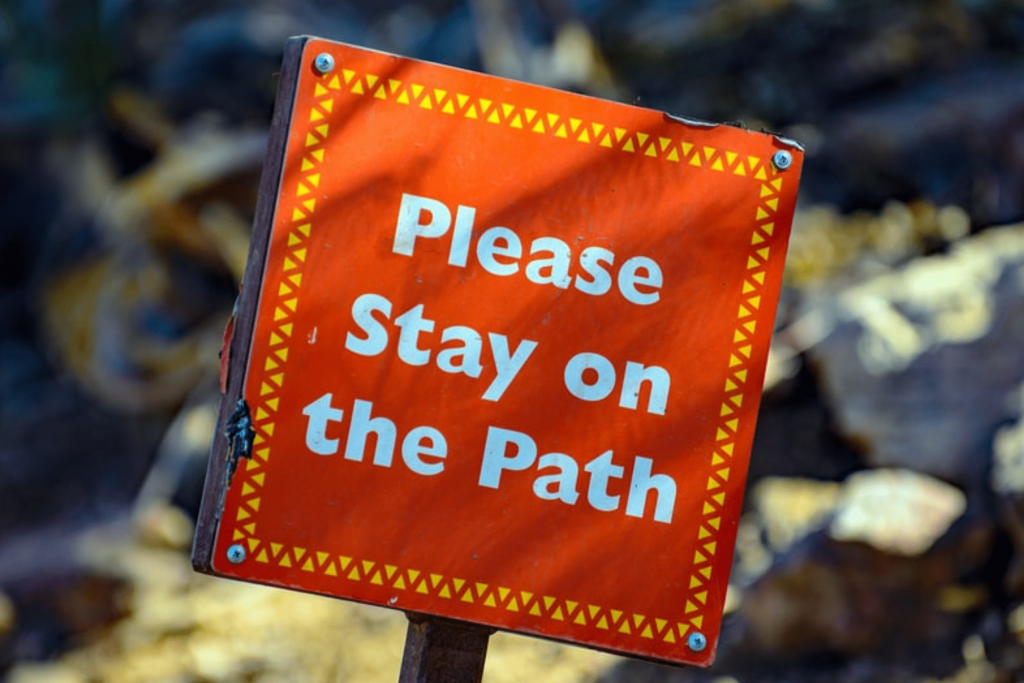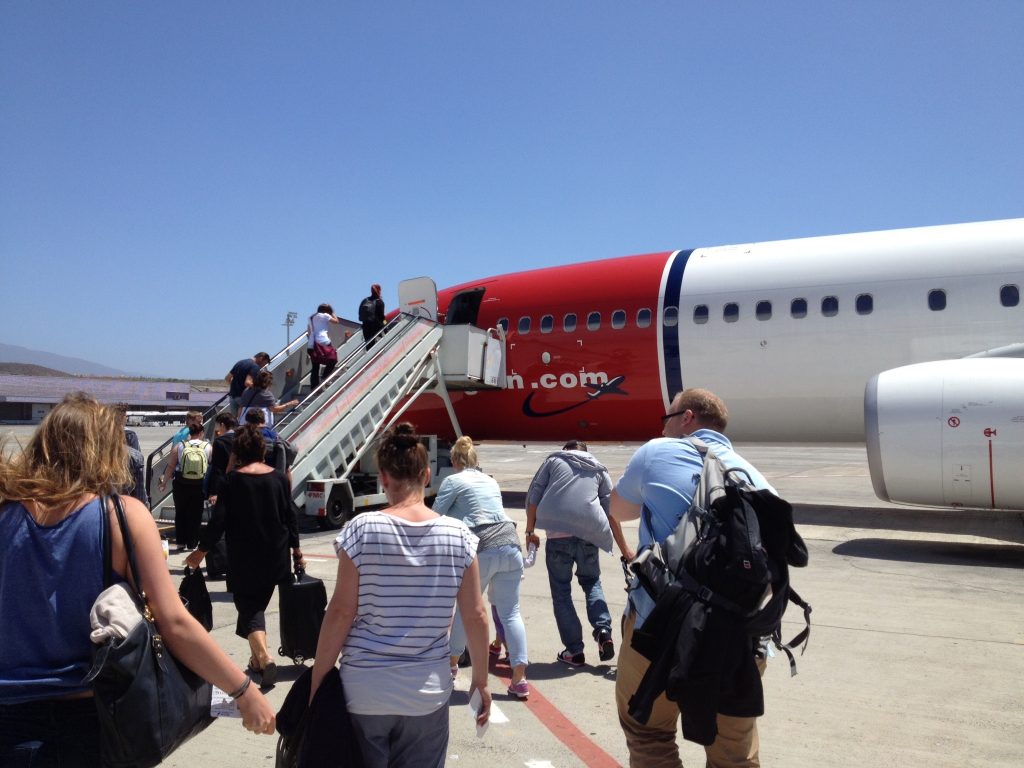With today’s competitive environment, brands need to earn more than just dollars. They should thrive for growth and prolonged life, which money alone cannot provide. However, what truly hooks growth with a brand is loyalty. Here, every time a customer turns into a brand spokesperson, the brand elevates. The process of this transition from a customer to spokesperson requires a brand to put its heart and soul at stake. In an effort as such, the most a brand can do is design and prepare a well-designed loyalty program. Today, 90% of brands design their programs with the goal of retaining their customers. As they strive to build an emotional connection, brands and their marketers daily conjure ideas and content that are strong enough to keep the customers bound with the brand.
Take Nike as an instance. Nike realized the need to tackle the competition by retaining customers. The brands did this through the loyalty program. This program became wildly successful because customers got access to the premium features of Nike such as an upper hand on discounts, online workouts, event invitations, and birthday rewards. As predicted, the members ended up buying 3x more than usual.
Why Stay on the Path?
Before jumping on to designing a loyalty promotional plan, a brand needs to lay down the brand goals. Every firm today, performs promotional loyalty programs for numerous different reasons, because of their unlike method of driving sales.
Boosting Growth/ Sales
One prime purpose of a brand is to boost sales for the business. In this case, rewarding loyalty programs encourage the customer to purchase more as per any premium plan. By doing so, customers automatically upgrade to become loyal members. Supporting the concept, Gartner revealed that 80% of the future revenue comes from 20% of the customers. This is because they are always willing to pay more which results in steady cash flow.
Once all the desired sales happen, the firm starts to grow automatically. The firm gets various insights on products and customers. The insights from loyalty programs help the firm to improve marketing overall. The brands can determine what costs to decrease and where to invest. Through these strategies, the unproductive customer segment can also be managed in the future.
Brand Advocacy
Calculate the loyalty you’ll gain by continuously offering discounts, coupons, etc. The harsh truth is: You can’t win customers’ loyalty by offering discounts. This poor and conventional strategy only ensures a leak in your money tank. Thus, loyalty programs are best put as a strategy to engage customers for a long time. It’s a fact that once they stay with you, they will become your brand’s biggest fans i.e., advocates. That’s how word of mouth works. Throughout the process, they develop a deeper connection with your brand and start promoting it and influencing peers. In this way, your customer base gets established. One fine example is Apple: The brand rocked the market with its iPhones. A quick fact, the advanced and premium segmented phones got a huge amount from customers. Through this word of mouth or advocacy, prospects were pulled and the brand created its image as premium. This is crucial because people are moreover inclined to get convinced by a personal recommendation.
How the Legends Roared
There were some brands that realized the need to offer a ‘premium’ treatment way before others. So, if you are on the fence about whether to have a loyalty attribute associated with your brand or not, then here’s the sure-fire way for you. The experts have dug deep and pulled out some of the best brands from which you can learn about loyalty promotions.
Amazon Prime
While the buyers were facing decay in delivery, Amazon came up with something unique. Amazon examined the issue of customers and their desire to get parcels urgently. The brand came up with “Amazon Prime.”. Amazon Prime offered two-day delivery, thereby closing the customer expectation gaps. In the words of former CEO Jeff Bezos “Amazon thought of Prime as a convenience program rather than the shipping plan.” The team put on its customer-focused glasses and offered free shipping too. This was the icing on the cake. Then the giant continued to offer various services like Prime instant video, Prime Music, Prime Now, etc. People already were a fan of Amazon’s services, but through this move, Amazon unintentionally and indirectly stopped its customers from going to Walmart or any other firm. This resulted in customers staying with the brand satisfied.
Starbucks
Known for its caffeinated success, Starbucks is also an example of a legend that has managed to create loyalty. The brand began by introducing its “loyalty cards.” Each of the cards was classified into Welcome, Green, and Gold. This move was crafted to gain sheer loyalty from the customers. Firstly, Starbucks made a move by introducing customers to a reward system where for every purchase above 300 INR, a star would accompany the purchase. The customer with the card, and a star would be eligible for free beverage upgrades, free hot tall drinks, free birthday drinks, and offers on special occasions. All a customer had to do is to bring the card to Starbucks coffee paradise and show it to the team.
Long story short, these methods adopted by Starbucks are sure-shot methods to grab eyeballs and make a customer stay with you for very long. After the brand launched its cards, many Starbucks customers became members and are still now with the brand. As a cherry on top, Starbucks removed the expiry from the points and gave an edge to customers using applications. Through this effort, almost 19 million users took loyalty cards (researched by Manifest) and are active customers of the brand.
The Techniques
From these two giants, who are masters of their field, there’s learning behind them. One, there’s x3 times the cost involved in approaching prospects and turning them into customers. To hold onto customers for a long time, the 80-20 Pareto’s principle stands true. In this, the firms put 80% of their effort into retaining and managing existing customers. This cost-effective technique slowly results in gaining 20% of sales. Unarguably, it’s not a short-term process. Establishing customer loyalty is a long-term process, and its results blossom with time. The second learning is how seamlessly Starbucks and Amazon have managed to gain repeat business. Hidden in their moves, let’s bring out some techniques. These techniques are masterstrokes for loyalty promotions.
Points Matter
Many companies like Starbucks have created a point system. This point system is nothing but proof of the customer’s journey with the brand. High points indicate that the customer loves the brand. Rather than promotional, this technique is a psychological play. Since individuals have the tendency to remain on top, they do the same here also. Through these reward points, customers adore reaching new levels and earning stars. In the greed of gaining bonuses, customers end up purchasing continuously. Airlines, shopping marts are good examples that encourage repetitive purchasing and inculcate a sense of loyalty. These points are even more crucial for an e-commerce brand, as they are reasons for not letting your customers switch to a substitute.
Subscription Service
If subscription means loyal customers, then it also means added features. Such added features lure customers. A subscription model works only when a brand has something special reserved in their paid version. Similar to how Amazon Prime offers fast and free delivery with an entertainment menu, brands should apply the same technique. Once you start offering unique feature subscriptions, the customer will feel the worth and will spend more on the paid version. This makes the customer the center of the brand’s value proposition because these programs increase brand equity. The customer will end up advocating your products and staying with you for years to come, since you give them instant gratification and special treatment.
Rewards and Discounts
Rewarding customers indicates that you value them every time they come through your door. This much-common custom is an excellent strategy as it sparks interest in customers to purchase again. The rewards can be offering discounts to high-paying customers or giving free items on multiple purchases. These preferential services are responsible for creating large profits in the future. Waving off some amount is an idea that is a win-win situation. Taking these steps plays an integral role in determining how many clients we have. Compared to an established brand that can afford some cost loss, a fresh brand should implement this method in a moderate fashion since they are yet to establish a customer base.
Wrapping Up!
In the 21st century, every brand is in a race to gain goodwill and clients. By adding extra spice to the competition, the after-effects of the pandemic have made companies more aggressive in their loyalty promotions and approach. Such aggressiveness does nothing but pull a customer from becoming a loyal one. Their response is probably one of shaking their heads and telling you that they’ll come back. This is a clear indicator that a strategy is not implemented properly.
This tricky part of your job can be easily handled if you manage to bring experts in time. For the past decade, we have studied and gained loyalty. Our customer behavior researchers and marketers know the drill. Since they understand the market so well, that’s why they’re able to level-up the brands for ‘Ultimate promotions’. You can choose the same elevation to happen with your brand, all it will take is a simple click.




